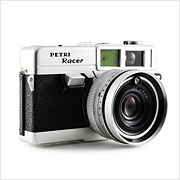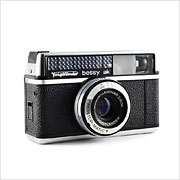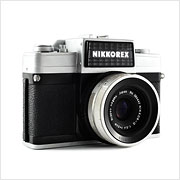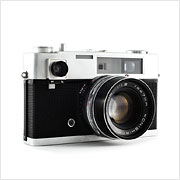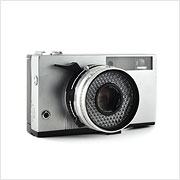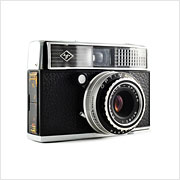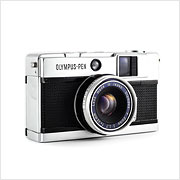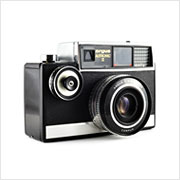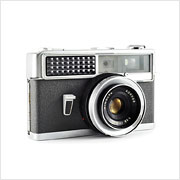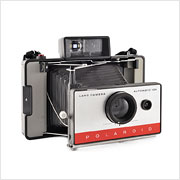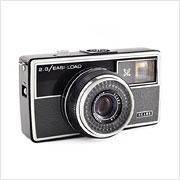The Olympus Pen EED is a direct descendant of Japan’s very first half-frame camera: the original Olympus Pen. As it was one of the smallest available 35mm cameras at the time, the Pen was named as such because its portability could be compared to that of a (very oddly shaped, large, metal) pen. Seven years after the Olympus Pen debuted, the Germans launched the hallowed Rollei 35 which was just as small but could make normal 35mm frames and effectively heralded the end of Japanese half-frames. In defiance, this EED variant was released one year after that supposed end and, quite stubbornly, Olympus continued making Pens well into the 1980s and then revived the name in 2009 for its line of Micro Four Thirds cameras.

